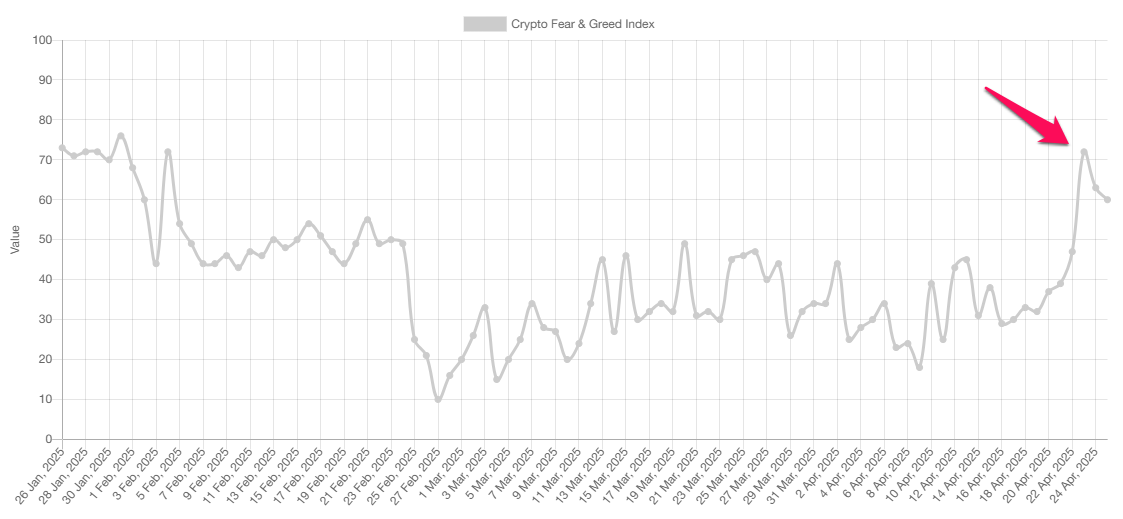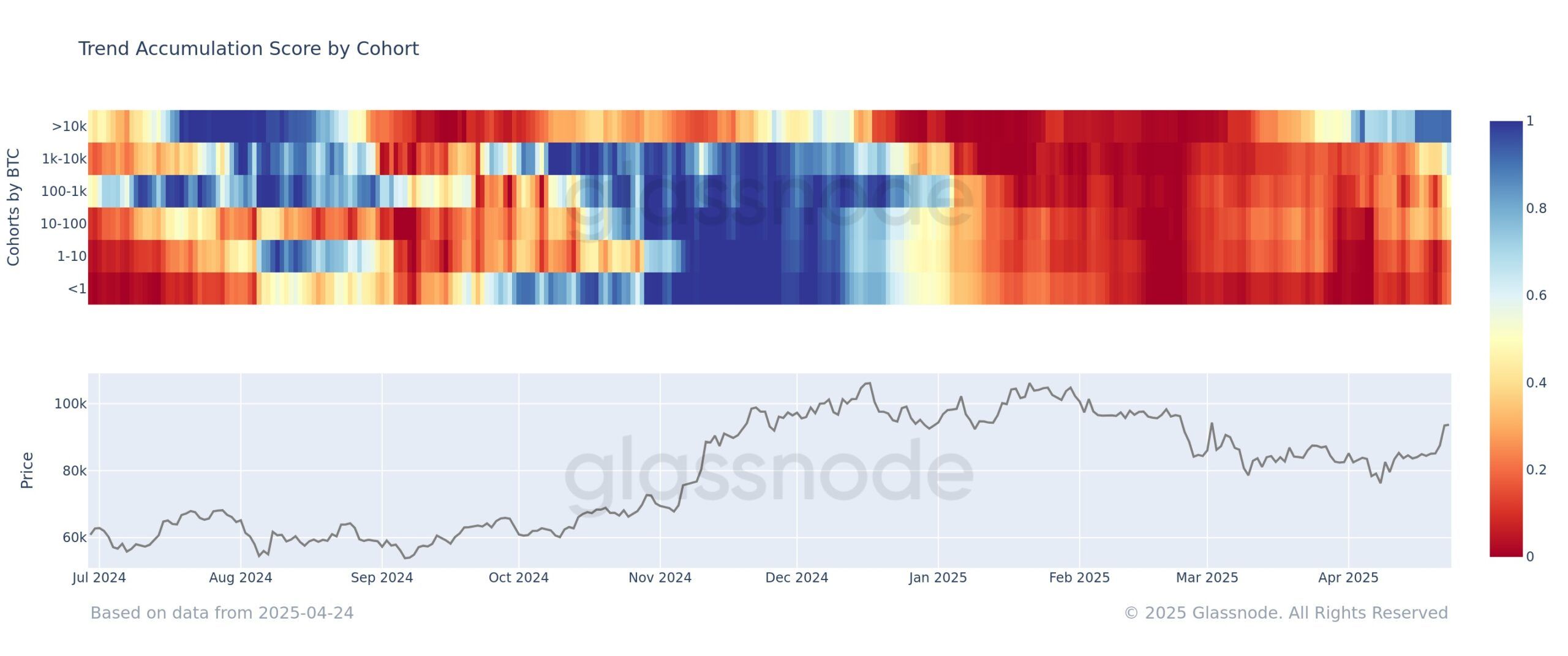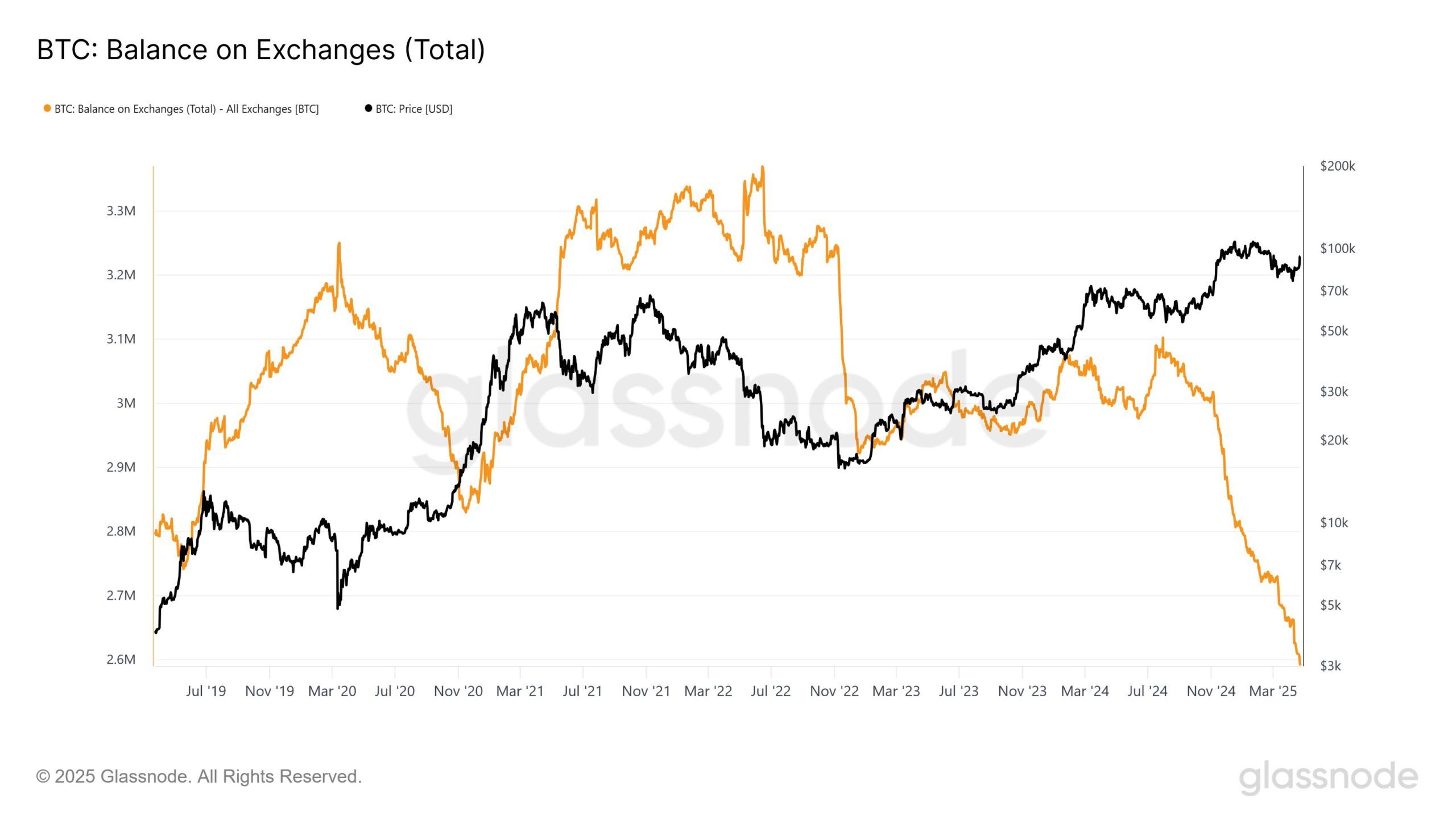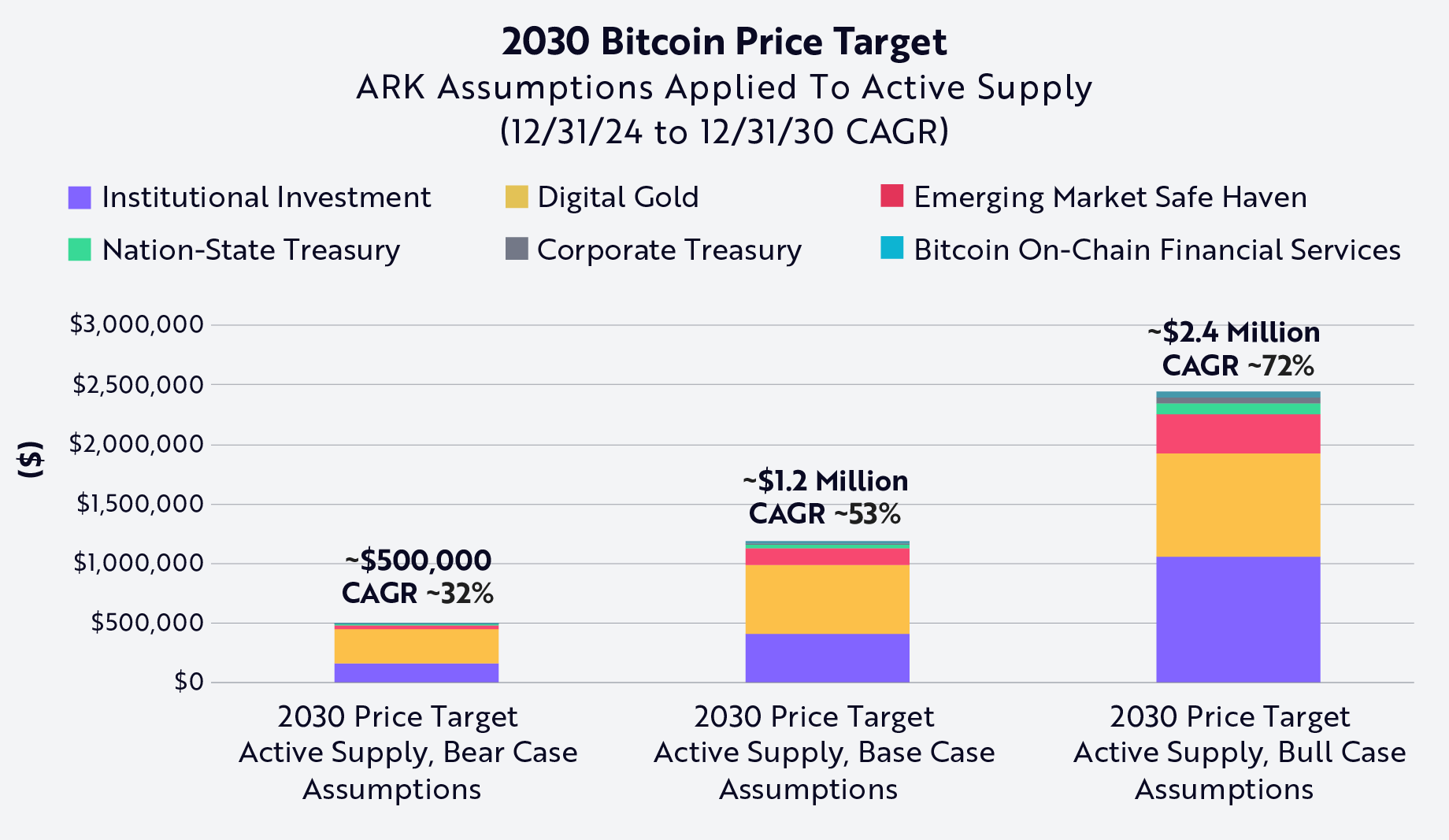The cryptocurrency market is experiencing significant changes in investor sentiment this month. Bitcoin's price recovery has created a ripple effect in demand from large to small investors.
Bitcoin has rebounded by 25% from its lowest point in early April. On-chain data and updated predictions from industry experts provide insights into the sustainability of this rally.
Market Sentiment, From Fear to Greed
According to data from Alternative.me, the Fear and Greed Index surged from 18 to 72 in April. This is the highest level since February and indicates a clear shift from fear to greed.

Meanwhile, CoinMarketCap's version shows a slightly different picture. Rising from 15 to 52, it moved from extreme fear to a neutral state. While the two indices differ, both confirm a notable change in investor sentiment. Investors have often overcome the fear that triggers panic selling.
This neutral or greedy mindset lays the groundwork for additional optimism. If continued, the market could reach an extreme greed state before a major correction. This psychological shift led to five divergence signals supporting the continued recovery of Bitcoin and altcoins.
Bitcoin Spreading from Large to Small Wallets... Positive Outlook
According to on-chain data, whale accumulation helped Bitcoin maintain over $93,000 in the last week of April.
Glassnode's charts show a clear transition from the distribution phase (red) to the accumulation phase (green) during April. This period coincides with Bitcoin's rebound from its monthly low.
Notably, Bitcoin whales holding over 10,000 BTC are accumulating at almost perfect levels. Their trend accumulation score is around 0.9.

Following the whales, wallets holding 1,000 to 10,000 BTC gradually increased their accumulation score in late April. Their score reached 0.7, with the chart's color changing from yellow to blue. Other wallet layers also show signs of accumulation, reflecting changing sentiment among smaller whales.
"So far, the big players are buying into this rally," Glassnode explained.
Additionally, according to a recent BeInCrypto report, Bitcoin ETFs recorded inflows of $2.68 billion last week. These ETFs showed positive inflows for 5 consecutive days. These indicators confirm that demand is returning and laying the groundwork for continued price increases.
Fidelity, ARK Invest Update Bitcoin Outlook
Fidelity Digital Assets, a division of the $5.8 trillion asset management giant Fidelity Investments, reports that Bitcoin supply has dropped to its lowest level since 2018, with only about 2.6 million BTC remaining on exchanges.

Fidelity also mentioned that over 425,000 BTC have left exchanges since November 2024. Public companies have added nearly 350,000 BTC after the US election and are purchasing over 30,000 BTC monthly in 2025. Fidelity expects this trend to continue.
"We have seen Bitcoin supply on exchanges decrease due to public company purchases. We expect this to accelerate in the near future," Fidelity Digital Assets said.
Meanwhile, ARK Invest updated its Bitcoin price forecast in the Big Ideas 2025 report. In the most optimistic scenario, Bitcoin could reach $2.4 million by 2030, far exceeding its previous prediction of $1.5 million.

This forecast depends on several factors, including increased institutional investment, the potential to treat Bitcoin as a strategic reserve asset, and an expanded role in decentralized finance.
Fund managers like Fidelity and ARK Invest have a positive outlook in April. However, some individual investors are beginning to show caution. The "sell in May" sentiment is emerging, reflecting concerns about unpredictable macroeconomic factors like tariffs and interest rate fluctuations that could strongly impact the market.







